Studebaker Commander Cabriolet (1951) Review
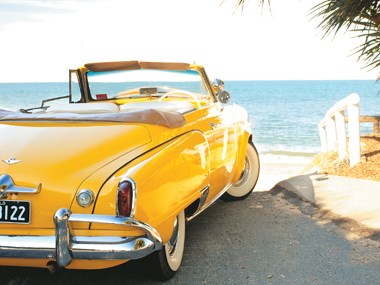 1951 Studebaker Commander Cabriolet
1951 Studebaker Commander Cabriolet

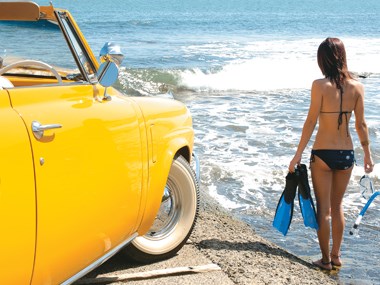 1951 Studebaker Commander Cabriolet
1951 Studebaker Commander Cabriolet

 1951 Studebaker Commander Cabriolet
1951 Studebaker Commander Cabriolet

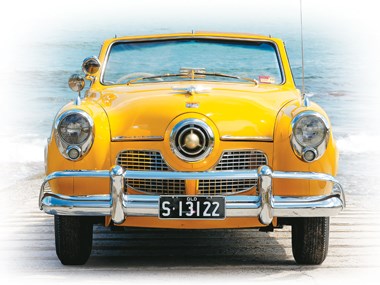 1951 Studebaker Commander Cabriolet
1951 Studebaker Commander Cabriolet

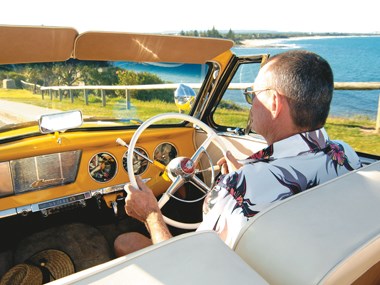 1951 Studebaker Commander Cabriolet
1951 Studebaker Commander Cabriolet

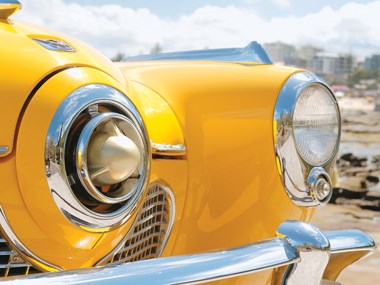 1951 Studebaker Commander Cabriolet
1951 Studebaker Commander Cabriolet

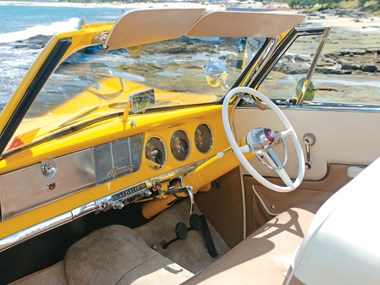 1951 Studebaker Commander Cabriolet
1951 Studebaker Commander Cabriolet

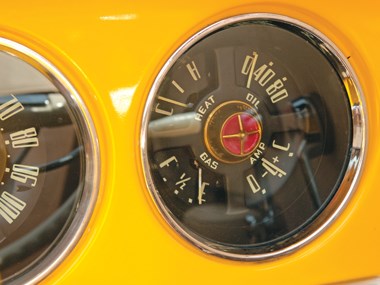 1951 Studebaker Commander Cabriolet
1951 Studebaker Commander Cabriolet

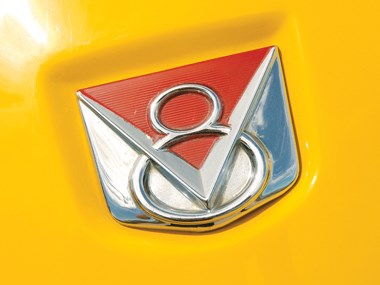 1951 Studebaker Commander Cabriolet
1951 Studebaker Commander Cabriolet

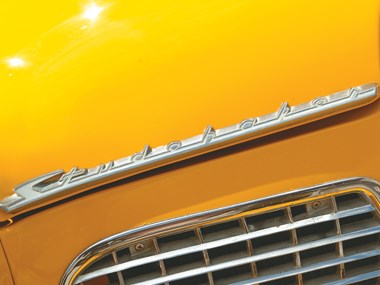 1951 Studebaker Commander Cabriolet
1951 Studebaker Commander Cabriolet

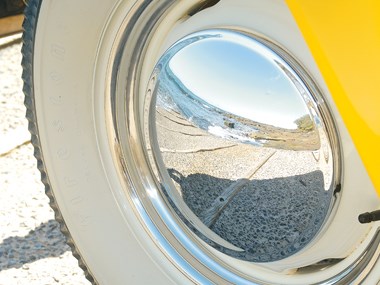 1951 Studebaker Commander Cabriolet
1951 Studebaker Commander Cabriolet

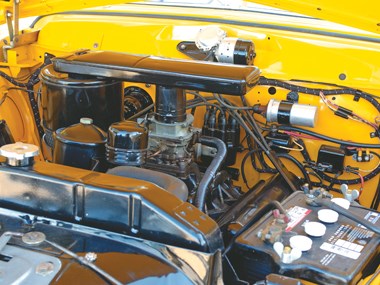 1951 Studebaker Commander Cabriolet
1951 Studebaker Commander Cabriolet

 1951 Studebaker Commander Cabriolet
1951 Studebaker Commander Cabriolet


|
|
1951 Studebaker Commander Cabriolet
|

|
|
1951 Studebaker Commander Cabriolet
|

|
|
1951 Studebaker Commander Cabriolet
|

|
|
1951 Studebaker Commander Cabriolet
|

|
|
1951 Studebaker Commander Cabriolet
|

|
|
1951 Studebaker Commander Cabriolet
|

|
|
1951 Studebaker Commander Cabriolet
|

|
|
1951 Studebaker Commander Cabriolet
|

|
|
1951 Studebaker Commander Cabriolet
|

|
|
1951 Studebaker Commander Cabriolet
|

|
|
1951 Studebaker Commander Cabriolet
|

|
|
1951 Studebaker Commander Cabriolet
|

|
|
1951 Studebaker Commander Cabriolet
|
Sleeping beauty: Studebaker Commander Cabriolet. A work in progress for almost 30 years, this ultra-rare 1950s Studebaker rose from the grave to become a true beauty queen.

|
|
1951 Studebaker Commander Cabriolet
|
Studebaker Commander Cabriolet
[Jan 2008] Like flies around a bug zapper, swarms of curious on-lookers buzz excitedly round the yellow Studebaker as it glows in the midday sun. From one location to the next, everywhere we stop along the Caloundra coastline it's the same story as hordes of people appear to get a better look at this striking car. From under his big straw hat, owner Gordon Thallon grins at the look of bemused exasperation on my face.
"Mate, this is nothing," he says. "I've taken it to car shows where they've been 10-deep trying to get a look. These cars were years ahead of their time back in the '50s, and they still turn heads even today."
The late-'40s was a time of renewed hope and prosperity for America. The war was over, and after four years of working for Uncle Sam, the major manufacturers were finally free to get back to the business of making cars.
Having been starved during the war years America's appetite for new cars was voracious. Which was just as well, because by the time production resumed in 1945 all manufacturers had to offer were warmed-over versions of models they were selling four years previously. Everyone knew they could only get away with flogging yesterday's cars for so long; the race was on to build the first all-new post-war car.
With air power having proved so decisive in all the major theatres of the conflict, Americans had become enamoured with aviation during the war years. In the absence of any new cars to pore over, petrolheads naturally directed their enthusiasm towards fighter planes instead. Overnight, aeroplanes like the P-51 Mustang and P-38 Lightning replaced cars as the poster-fodder of choice. But it wasn't just star-struck youths who were smitten by the planes' sleek lines; the nation's car designers were paying close attention too.
It's impossible to say which manufacturer was the first to start thinking about incorporating aircraft styling into their cars, but by the end of 1945 all the major players had aero-inspired designs drawn up for consideration. Question was, which would be brave enough to take the initiative?
Of all WWII planes it was the twin-boomed Lockheed P-38 Lightning that really captured the nation's imagination. Flown by America's 'Ace of Aces' Richard Bong, it became an all-American icon and the obvious inspiration for auto designers looking to imbue their cars with aero style.
Trouble was, while the plane may have become indelibly etched into public consciousness, no one really knew for sure whether Middle America actually wanted a wingless P-38 sitting on its driveway. As it transpired, it was a risk Detroit was unwilling to take, which left the smaller independents in the clear to find out for themselves.
Renowned for his visionary 'Streamline' design language, Raymond Loewy was the man Studebaker entrusted to take the company into the next decade with the first true post-war car. Always seemingly one step ahead of the times, Loewy had been working on the aero-inspired bullet-nose concept from as early as 1938.
When Studebaker announced the introduction of its new styling for 1947, Loewy was all set to wow the board with a number of different 'spinner-nose' proposals. However, it wasn't to be. Behind the scenes, Studebaker's engineering chief, Roy Cole, had quietly enlisted one of Loewy's own designers, Virgil Exner, to come up with an alternate, more conventional design. In the end it was Cole that got his own way - but only by putting the board under enormous pressure, and participating in more than a little foul play.
Ironically, to keep the peace with the influential designer and make good use of his fame, Loewy ended up being credited for Exner's 'New Look' design, which in turn helped Studebaker gain much-needed kudos for being 'The first by far with a post-war car' - as the company's 1947 ad campaign crowed.
Loewy's P-38-inspired 'spinner' design may have been shelved for the time being, but it was far from dead. Two years later, the bullet-nose was back on the table and the Frenchman wasn't about to take no for an answer this time. With so much at stake, few company execs were thrilled to see it back and Roy Cole even went as far as openly opining that it would bankrupt the company if the car was put into production.
Cole's distaste for both Loewy and his 'spinner' design was hardly a secret, but with Tucker having sold just 50 or so of its similarly themed coupes in '48, the man definitely had a point. Regardless, Loewy and his bullet-nose Studebaker were given the green light with production set to wind up for the 1950 model year.
Although the 'Next Look' Studebakers were billed as being a completely new design, in reality little had actually changed. The bonnet and front wings were modified to accept the new nose, while the rear wings were similarly altered to accept the upright taillights. The rest essentially remained the same.
As before, Studebaker offered a range of sedans, coupes and cabriolets in either Champion, Commander or long wheelbase Land Cruiser specifications with a host of trim packages. The 2779cc six was retained throughout the range - albeit with a slight increase in compression ratio to boost its output from 60kW to 63kW on the Champion and up to 76kW on the Commander.
However, a new coil-over suspension system was introduced to replace the leaf-spring set up on the front end, and a three-speed automatic was launched mid-year to complement the existing three-speed with electric overdrive manual. From a marketing standpoint, the new Studebakers had a lot to offer customers - if only they could see past its nose!
But despite a shaky start, the bullet-nosed Studebakers were a hit, with the controversy surrounding their styling generating an unprecedented amount of free publicity. The motoring press loved both the styling and the improved ride quality and handling and the punters lapped them up too - so much so that 1950 turned out to be Studebaker's most successful year with 343,164 cars sold to the tune of US$477million.
Unsurprisingly, the bullet-nose cars were back for 1951, albeit with a slight facelift to shorten the nose on both the Commander and Land Cruiser, which subsequently lent more balance to the design.
While the styling tweaks went mostly unnoticed, the introduction of an all-new overhead-valve V8 was big news. Entirely of Studebaker's own design, the new 3801cc small-block V8 offered customers an attractive blend of power and economy, being able to churn out 89kW/257Nm, while returning a wallet-friendly 28mpg. Being just a couple of hundred dollars dearer than the six, the new V8 Commander was a popular choice.
By the end of the year 268,565 Studebakers were sold, with the V8 accounting for 48 percent of the total. But despite its success, the last bullet-nosed Studebaker rolled off the line on November 15, 1951 bringing what was a short, but exceptional run to an end.
Of all the 611,729 bullet-nose Studebakers sold, just 17,070 were built for export, including a handful of RHD cars for the Middle East and Asian markets. Although the bullet-nose convertibles were never officially imported Down Under it's believed that up to eight were taken into the country by Aussie servicemen returning from RAAF Butterworth in Malaysia. Out of those eight cars, this is the only known V8 Commander survivor.
"After we found out where the car had come from, it was almost impossible to dig up anything else about its history," sighs Gordon. "We know the car spent its first 10 years or so in Victoria, but what happened to it between then and the time it was found remains a mystery."
It was in 1980 that Rockhampton enthusiast Roy Brown stumbled across the car, buried under a lantana tree in Crow's Nest, Sydney. An ardent Studebaker fan, Roy instantly recognised the bullet-nose sticking out of the bushes and had the car dragged out so that he could take a better look. As the story goes, he could scarcely believe his luck when it turned out to be a V8 Commander Cabriolet.
Despite being a total loss, Roy bought the car and had it trucked up to Rockhampton where he began the arduous task of tearing it all apart and boxing all the parts that could be salvaged. With spares being impossible to obtain at home, in 1981 Roy got on a flight to the US where he picked up everything he needed to rebuild the car.
Over the next 15 years he tinkered around with the car, but declining health meant little was achieved. Sadly, Roy died before he could realise his dream of seeing the Studebaker up and running again.
With the car passing to Gordon, he set about finding a buyer that would restore the Commander to its former glory. He found such a man in his good mate Stan Yardley, who was looking for a new project to sink his teeth into after restoring a '51 Champion Cabriolet. So it was that in 2001 the pair began the long and often painful restoration process.
"The car was absolutely atrocious when we started," reflects Gordon. "The roof was down when it was dumped, so it was full of garbage and completely rotted out. No one wanted to touch it. It should have just gone to the dump. But being such a rare car, it deserved to be done."
With most of the panels in a bad way, Gordon set about repairing what he could and using cut-and-shut panels he fabricated from spare parts to replace the rest. Considering some panels were non-existent and nobody knew what they were supposed to look like it was difficult, with the pattern panels having to be painstakingly measured, marked up and adjusted until they were perfect. Even the complex bullet-nose had to be re-made from three separate pieces to get it right.
In the meantime, Stan was left with the dirty job of scraping off all the underseal that couldn't be sand-blasted, then stripping and cleaning every nut and bolt before priming and painting them back to their original colour - taking 1500 hours.
With the bodywork complete, Gordon set about assembling the shell back on the refurbished chassis, spending hours fiddling about to get the panel gaps right. That done, Gordon was left with the frustrating task of getting the roof re-assembled and working again.
"Everything had to be rebuilt, the motors, the jacks, the frame," he says. "Once we got it together we spent weeks just trying to make it work. We had no help, so we just had to keep trying until we finally got it right."
With the bodywork fitted up, Stan and Gordon stripped the car again and began painting the individual panels. Eighteen coats of acrylic, and a fair bit of sanding later, the job was done.
After getting the refurbished engine and tranny in, and the chassis up and rolling, Gordon took his time reassembling the car, making sure every last detail was perfect. Two-and-a-half years and 3500 hours of graft later, the Studebaker finally hit the road on October 1, 2003.
"The car was exactly as it was the day it rolled off the factory floor," beams Gordon. "It was only the rarity of the car that warranted the work. It's the only one of its kind in Australia and possibly the only factory RHD left in the world."
SPECIFICATIONS
1951 Studebaker Commander Cabriolet
BODY: two-door cabriolet
WEIGHT: 1469kg
ENGINE: 3.8-litre (232ci) overhead-valve V8
POWER/TORQUE: 89kW/257Nm
DRIVETRAIN: front engine, RWD
TRANSMISSION: three-speed manual with electric overdrive
PERFORMANCE: 0-100km/h - 15.4secs. Top speed - 152km/h
PRICE: US$2481 (new)
Unique Cars magazine Value Guides
Sell your car for free right here
Get your monthly fix of news, reviews and stories on the greatest cars and minds in the automotive world.
Subscribe

.jpg)



.png)



